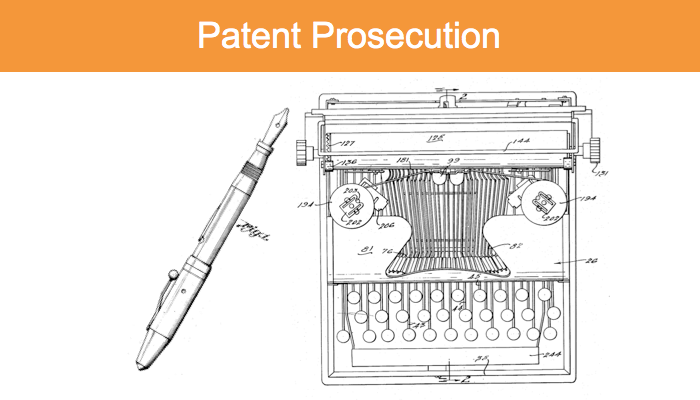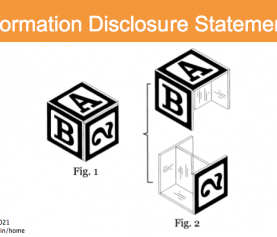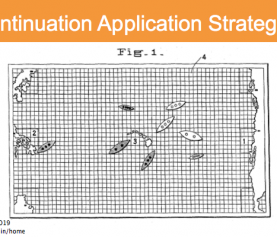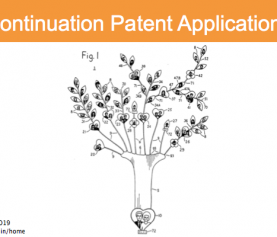What is Patent Prosecution?
Patent prosecution is the process of applying for a patent with a national patent office, such as the USPTO, assessing their responses, and following up on the application to have one or more patents issued. Patent prosecution also encompasses activities after a patent has been granted.
What is patent prosecution?
Patent prosecution spans a range of activities, starting with working with inventors and innovators to assess inventions – whether or not you want to begin with patent and prior art searching – and continuing with writing patent applications. The patent practitioner (i.e., patent attorney or patent agent) then files the patent application. After that, your patent attorney will monitor the patent application and discuss with you the status of the application and any responses from the patent office. Those responses may include notices regarding the form of the application (such as missing parts, or margins or patent illustrations that don’t comply with the rules), allowances, and rejections.
Patent prosecution includes your patent attorney working with you on a patent strategy that makes business sense for you, and advising you on options regarding how to respond. The process of patent prosecution involves writing a persuasive patent application to convince a patent examiner (a person who works for the patent office) to issue a patent. When you receive a response from the patent examiner, you can negotiate (in effect) with the examiner, in writing and in interviews, over what the invention is and why it should be patentable, to try to convince the examiner to grant you a patent. At the same time, the examiner must gauge whether the patent application meets the requirements for patentability (such as subject matter eligibility, novelty, non-obviousness, usefulness, and disclosure).
Depending on how the patent prosecution goes, you may be issued a patent quickly, and you may need to send multiple responses to the examiner, and perhaps appeal the examiner’s decision.
What isn’t patent prosecution?
Patent litigation is not patent prosecution. Patent litigation involves people or companies taking legal action – that is, filing a lawsuit – against someone else for alleged patent infringement. It doesn’t involve the USPTO or any national patent offices: it takes place in the courts. And patent litigation doesn’t involve prosecution by a government for alleged violation of laws: no state District Attorneys or US Attorneys will be involved. It is possible that someone who has infringed a patent right has also violated a law, such as laws regarding importing goods, or making false claims, but those are not patent litigation.
Why is it called patent prosecution?
It seems that we call these processes “patent prosecution” not because they are similar to a government charging and trying people accused of breaking a law (which is also called prosecution), and more to do with an older meaning of “prosecution”: to carry out a campaign or plan of action. While this use is not common now, it is still sometimes used in the context of a military operation or a war.
Do you have questions?
If you have follow-up questions on patent prosecution, I’d be glad to hear from you in the comments. Or, call me at 617-340-9295 or email me at my Contact Me page. Or, find me on Facebook, Twitter, Google+, LinkedIn, Google Local, or Avvo.







[…] must respond and select (“elect”) one of of the groupings. This is a common part of patent prosecution, and typically, you’d select the grouping of patent claims that is currently most […]